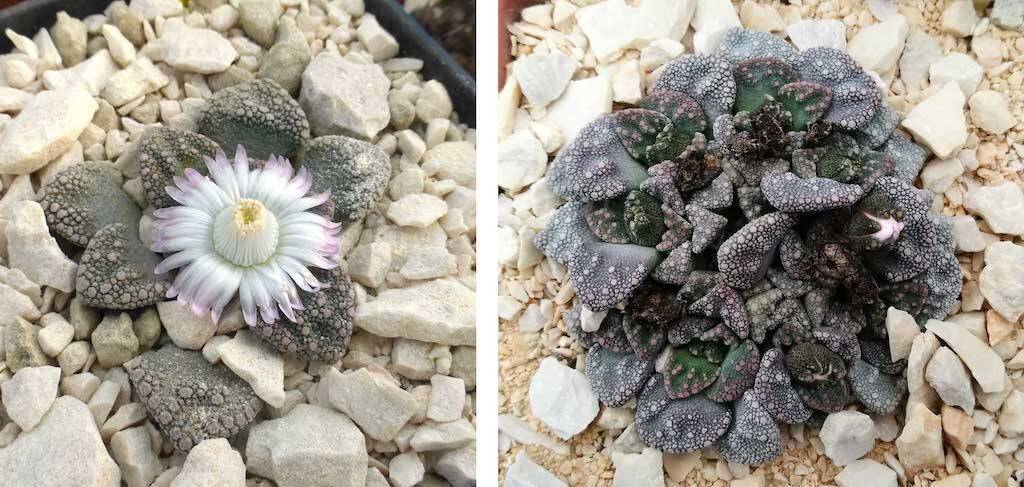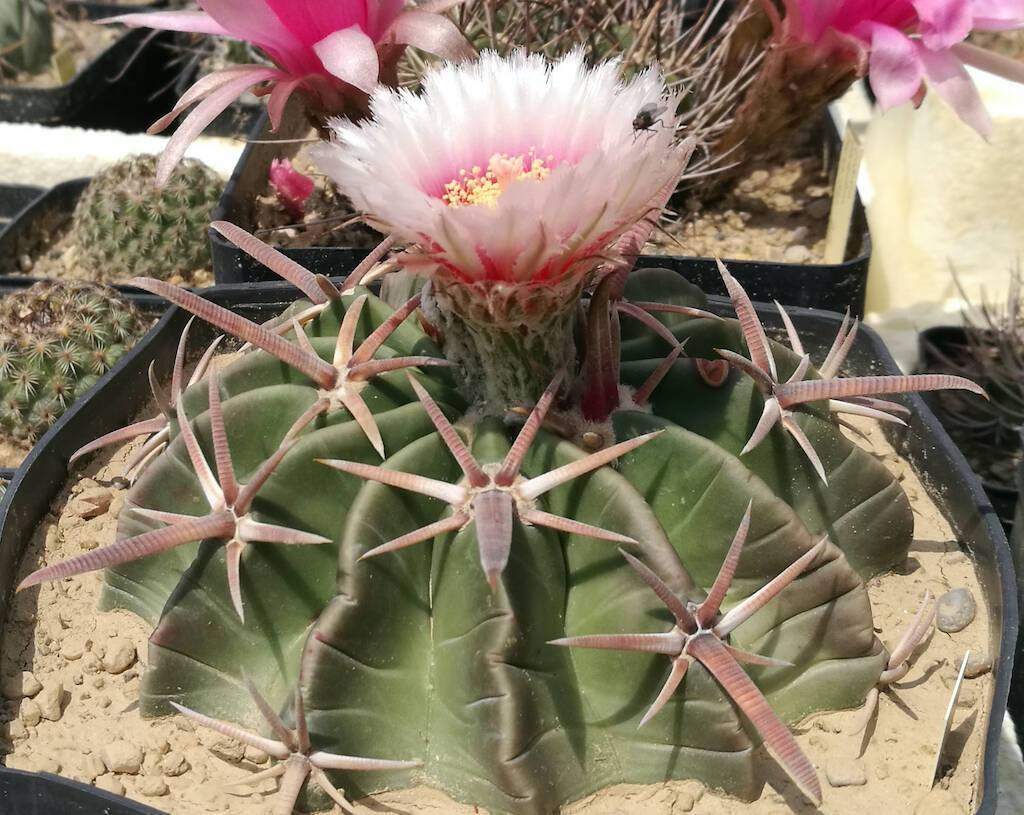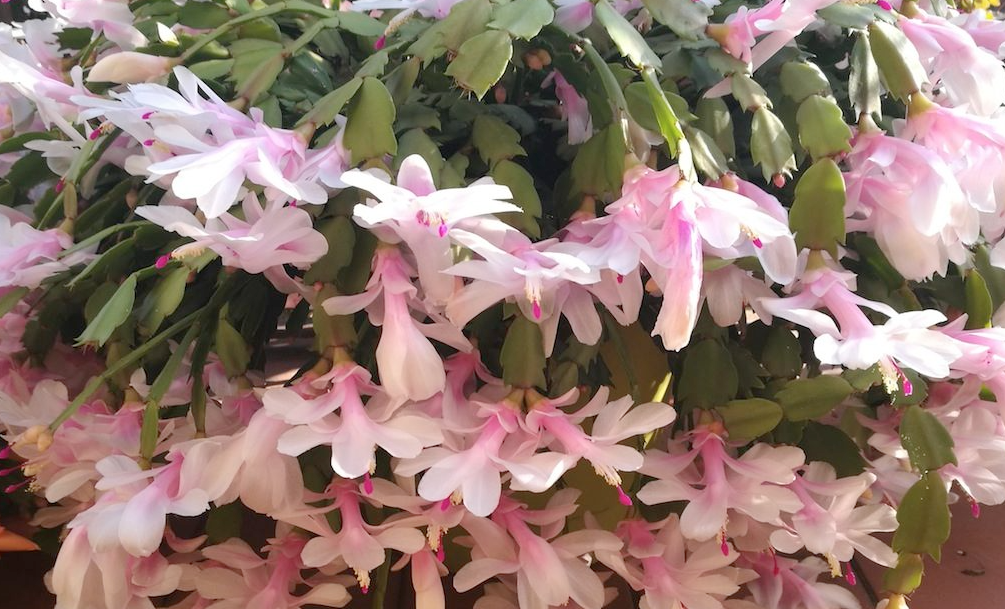From mid-December to the beginning of January is the flowering time for a rather widespread and highly appreciated succulent plant from an aesthetic point of view: Titanopsis calcarea. The appearance of the leaves, their arrangement, the color and the punctiform reliefs (similar to warts) on the fleshy surface of the leaves themselves make this plant a small living rock, on a par with the Lithops. And it is no coincidence that the name Titanopsis derives from the union of the Greek terms “titanos” (understood as “gypsum”, “lime”) and “opsis“, i.e. “appearance”. In short, a plant with the appearance of a calcareous rock or a “clump of earth” (the effective definition is by Giuseppe Lodi), we could define it. The Titanopsis genus belongs to the Aizoaceae family (formerly Mesembriantemaceae) and is native to Southern Africa, in particular Namibia and the Cape Province. The cultivation of these plants, and specifically of Titanopsis calcarea, requires some special precautions compared to those we reserve for cacti.
Let’s go into detail and get to know this plant and its needs better in the following article (….).





